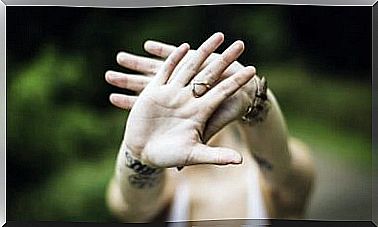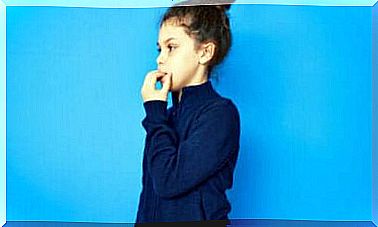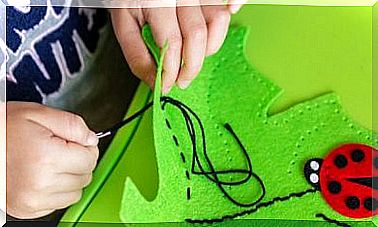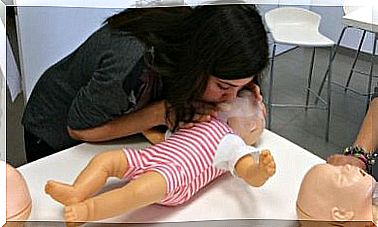3 Exercises To Help Babies Walk
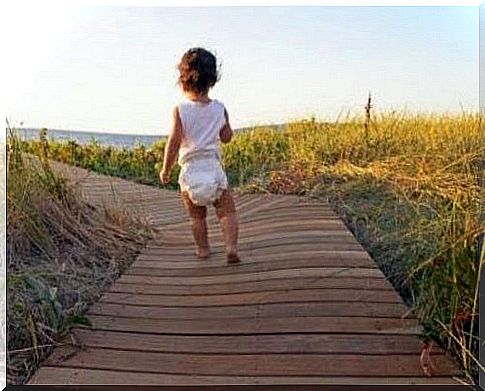
Teaching your child to walk without skipping steps or demanding too much can be a good way to share extra time with him, participate more in his development, and consolidate the emotional bond between mother and baby.
Exercises for babies that help them learn to walk, first and foremost, should be exercises that make them comfortable.
If a child does not want to exercise, he should not be forced for any reason.
All activities for children, especially with young children, should be interesting for her and relate to some kind of game.
When your child cries every time you put him down and encourage him to walk, you should look for a new alternative or add some extra element to the exercise to pique his curiosity.
Any of the 3 three exercises to help babies walk that we present in I’m Mommy might be effective for you and your child.
That’s why we encourage you to get to know them.
the stages of a baby
From the early stages, babies’ psychomotor development begins: they strengthen their muscles and learn to better coordinate their movements.
A baby’s first adventures are exercises that make it possible to master other skills.
Little by little, the child starts to lift his head, turn around in his crib, sit, crawl, stand up, walk and run. All in your time and with a lot of effort on your part.
Every time the baby reaches a new stage, he needs to train his new skills well so that he can feel completely safe and move on.
For example, to be able to walk first you need to be able to stand up straight; and in order to stand, you must first know how to sit and so on.
3 exercises to help babies walk
When the pediatrician suggests that your child has prepared muscles and spine, is physically developed and can face challenges, encourage him to walk.
Remember, you can be an agent guy at this stage your child needs to get through. Be aware that the feeling of security helps your child to master movements more quickly.
Very important! Before trying to make him walk, make sure he is wearing sneakers or comfortable shoes with soft soles. You can also leave him barefoot or in whatever way he feels most comfortable.
Exercise 1
Place your child in front of you, hold him steady and hold him by the hands.
Then start counting: one, two; one, two, as you gently push the baby’s little feet with your toes.
Number one will always match the right foot and number two the left foot.
Keep doing it as long as your child wants.
Of course he doesn’t know what his count means, nor what he’s doing. The phonemes will serve to relate to the movements and walking around the house will be a very interesting experience that he will want to repeat soon.
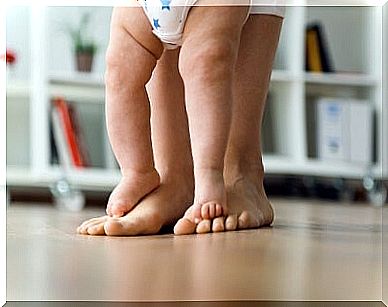
Exercise 2
Put the baby on the floor, let him stay steady and lean on some furniture. Find your pacifier, favorite toy, or any object that catches your eye and put it somewhere nearby that your baby can’t reach by holding out his hands.
Insistently encourage the baby to pick up the object. Smile and clap your hands to encourage him.
After a few seconds, after the baby measures the distance to the object, he will start taking small steps.
When he arrives, let him take his prize. Praise with kind words, be happy and do it again with another object.

Exercise 3
Put the baby in a small pen, get a toy he likes very much, and place it at the far end of the pen, away from him.
Happily urge the baby to reach for the toy. At first he will circle around the enclosure while holding himself upright. But as he gains confidence, you can encourage him to take the shortest path to his goal.
So, he will have to let go of where he is holding to reach the other side, where he will find his trophy.





